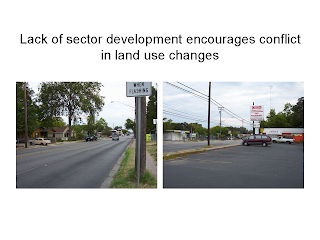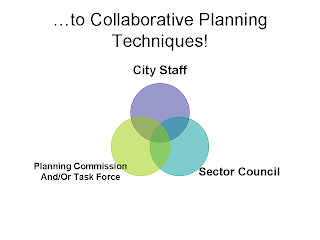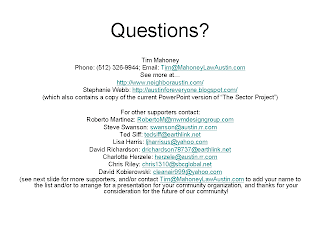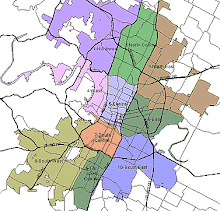 A lot of people argue that investing in a more pedestrian outlook would cost too much money. One thing that people have not considered is that there are many ways to slowly implement a more pedestrian society that do not cost a fortune. I advocate mass transit, wider sidewalks, and vertical mixed use. However, I know that those options are expensive and keep some citizens away from the center of town because of living costs. Those are ideas that take time and planning.
A lot of people argue that investing in a more pedestrian outlook would cost too much money. One thing that people have not considered is that there are many ways to slowly implement a more pedestrian society that do not cost a fortune. I advocate mass transit, wider sidewalks, and vertical mixed use. However, I know that those options are expensive and keep some citizens away from the center of town because of living costs. Those are ideas that take time and planning. Right now, we have an extremely obvious problem with an easy answer: crossing the street. Why are there so many large streets in Austin, and so few crosswalks to get across those large streets? This is not the cost of widening, building or improving a sidewalk. This is paint. We have a lot at our disposal, and there is no reason why we should avoid making more crosswalks when more people are walking. Adding crosswalks would make streets with large blocks, like Lamar, South 1st, Guadalupe, Jollyville, Spicewood Springs, Burnet, Cameron, etc. much more pedestrian. Just by adding paint.
So, let's stop acting like everything that would make Austin more pedestrian costs a fortune. Let's instead make it easier for everyone to cross the street.


































